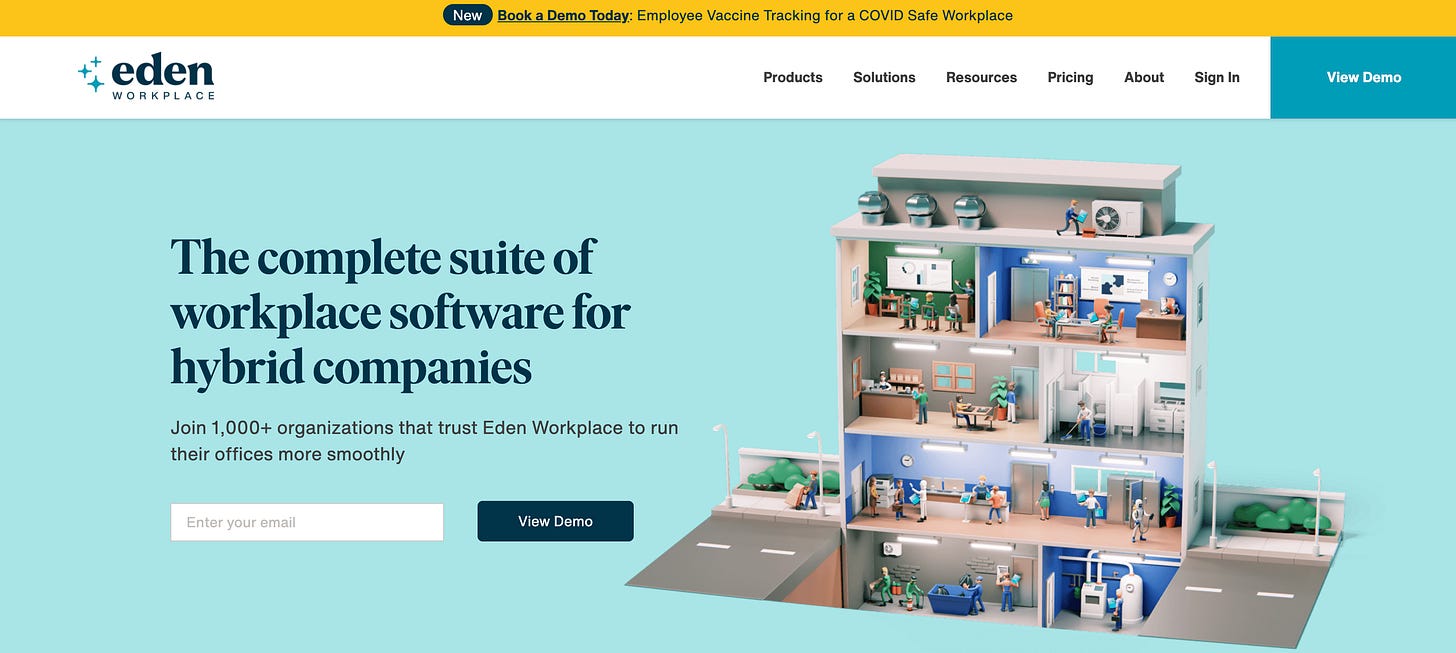Do your product strategy frameworks work for startups?
Short answer: Yes, but with early-stage startups, stay focused on delight early -- you can build hard-to-copy advantage and margin later.

Each month, I answer a few questions, drawing from my experience as V.P. of Product at Netflix and Chief Product Officer at Chegg (the textbook rental and homework help company that went public in 2013). Today’s answer is essay #56.
A few quick notes before I begin:
Click here to purchase my self-paced Product Strategy course on Teachable for $200 off the regular $699 price. (You can also try the first two modules for free.)
UserLeap is now Sprig! They sponsor this product newsletter, letting me buy “Ask Gib” t-shirts, coffee mugs, and water bottles, which I pass on to members for free.
To ask and upvote questions, click here.
“Ask Gib” question: “Do your product strategy frameworks apply to startups?”
In my series, “How to Define Your Product Strategy,” I outline five frameworks to help define your product strategy. I encourage folks to think about product strategies as hypotheses of how to delight customers in hard to copy, margin-enhancing ways. The job is to build both customer and shareholder value along with hard-to-copy advantage — brand, unique technologies, network effect, and economies of scale. Creating a hard-to-copy advantage lets you focus less time on competitors and more time on customers.
Working with just-born startups at Stanford
For three years, I was a guest lecturer at Stanford, teaching their MS&E 267 entrepreneurship course for graduate-level engineers. There were twelve four-person startup teams each semester. At the end of the term, one or two of these teams graduated to YCombinator, a startup incubator.
I encouraged these early-stage teams to:
Identify a problem for a small subset of customers
Devise a solution for this problem, then
Determine if, in the long-term, there’s a large potential audience for the product.
The teams that succeeded focused on delighting customers. Delight drives word-of-mouth recommendations, which drives growth. Building hard-to-copy advantage and margin comes later.
The GLEE model: Start small but articulate a big vision
In the early days of a startup, identify a “beachhead” you can land — a small opportunity with an obvious customer set — then gradually expand from there. For Netflix, in 1998, the beachhead was “movie aficionados” who had the first DVD players and were passionate about movies. At the time, “normal” customers were happy renting VHS tapes at Blockbuster. But over two decades, Netflix expanded beyond its initial “movie aficionado” beachhead. Eventually, all U.S. customers got DVDs by mail, and as internet bandwidth improved, Netflix expanded into worldwide streaming. Their next expansion was into original content. Today they’re experimenting with interactive stories and games.
Over two decades, Netflix built hard-to-copy advantage around:
its brand,
unique technology (personalization),
network effects (“Netflix Ready” TV and hardware devices), and
economies of scale (the ability to spend $20B annually on content).
In my product strategy series, the “GLEe” model describes articulating a product vision from the initial “Get big” beachhead, to “Leading” the next phase of growth, followed by successive stages of “Expansion.” Articulating a fuzzy vision of the future using the GLEe model is critical as it helps demonstrate a startup’s long-term potential. The scenario to avoid is “born in the garage, stay in the garage.”
The GEM Model: Monetization comes third in the early days
Another unique application of my product strategy framework for early-stage startups involves prioritization using the “G.E.M.” model. This framework requires companies to force rank growth, engagement, and monetization. Consistent with the focus on delight, young startups alternate prioritizing engagement (building a delightful, highly engaging product) and growth (the raison d’etre for startups). Monetization is almost always the third priority. In a few years, you’ll find ways to build a business around your product and then can debate the prioritization of all three G.E.M. factors.
Three things to remember as you launch your startup
Here’s my advice to teams building an early-stage startup:
Spend lots of time with early customers to identify then solve their problems. The solutions can be inelegant and don’t have to scale— focus on polish and scaling later.
Ensure the market opportunity, in the long-term, is big enough to matter. The GLEE model helps articulate a series of steps— a fuzzy vision — of how you might dent the universe in the long term.
Don’t worry about building hard-to-copy advantage or monetization in the early days. You’ll have time for both of these elements later.
Thanks for your question. If you’d like to learn more about product strategy for startups, I think you’ll find these essays helpful:
My 12-part essay on Medium, “How to Define Your Product Strategy Series,” now has 20K likes. This series includes separate pieces on the DHM, GEM, and the GLEE model.
“Do Things that Don’t Scale” by Paul Graham (a very gifted writer and co-founder of YCombinator).
“Startup = Growth.” Another great essay by Paul Graham.
Zero to One. Peter Thiel’s book focuses on early startups.
One last thing!
Before you go, I’d love you to complete the Four Ss:
1) Subscribe to my free “Ask Gib” product newsletter. That way you’ll never miss an essay.
2) Share this essay with others! By doing this, we’ll collect more questions and upvotes to ensure more relevant articles:
3) “Star” this essay! Click the heart icon near the top or bottom of this essay.
4) Survey it! It only takes one minute to complete the Sprig survey, and your feedback makes my newsletter better: Click here to give feedback.
I hope you enjoyed this essay.
Best,
Gib
Gibson Biddle (click to see my baby website)
P.S. Got a question? Ask and upvote questions here:
P.P.S. I have responded to 62 questions so far! (Once I answer a question, I archive it.)
